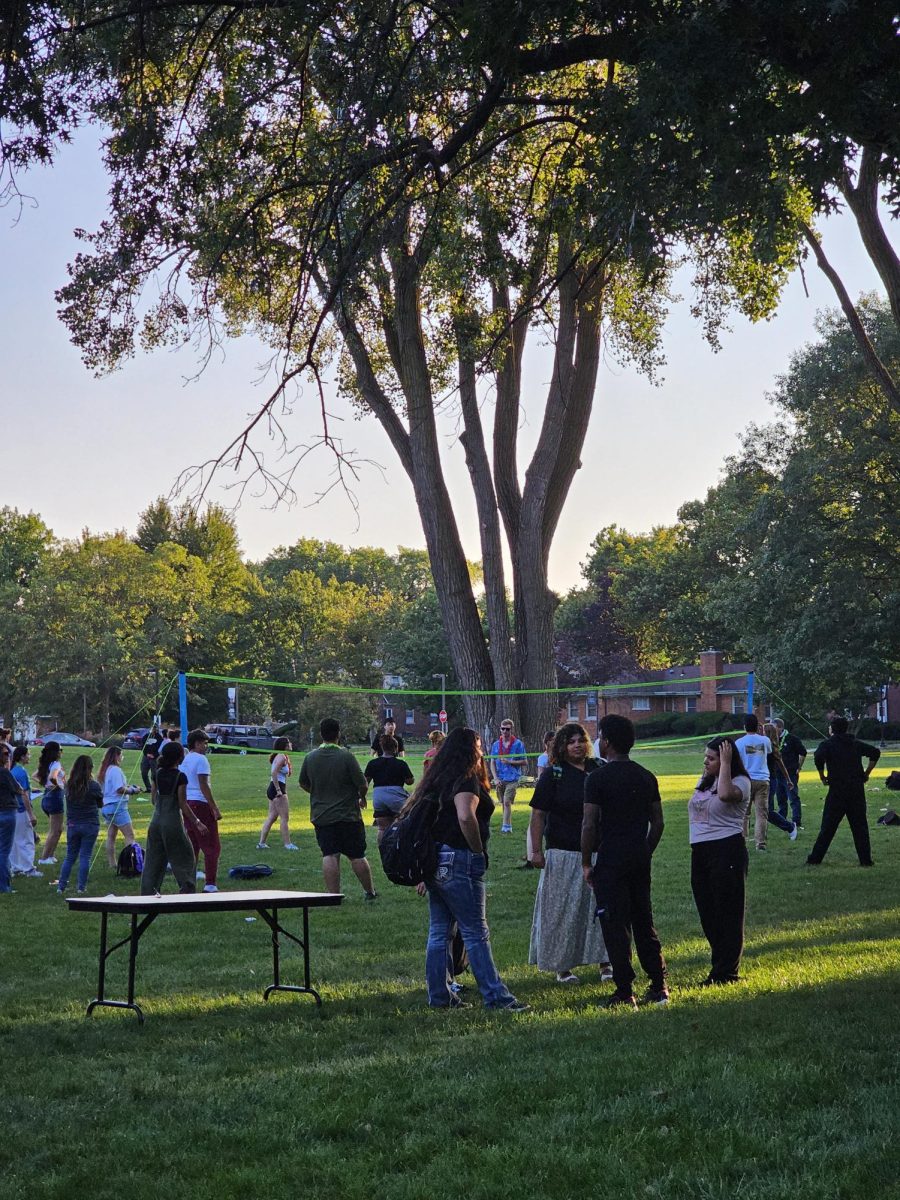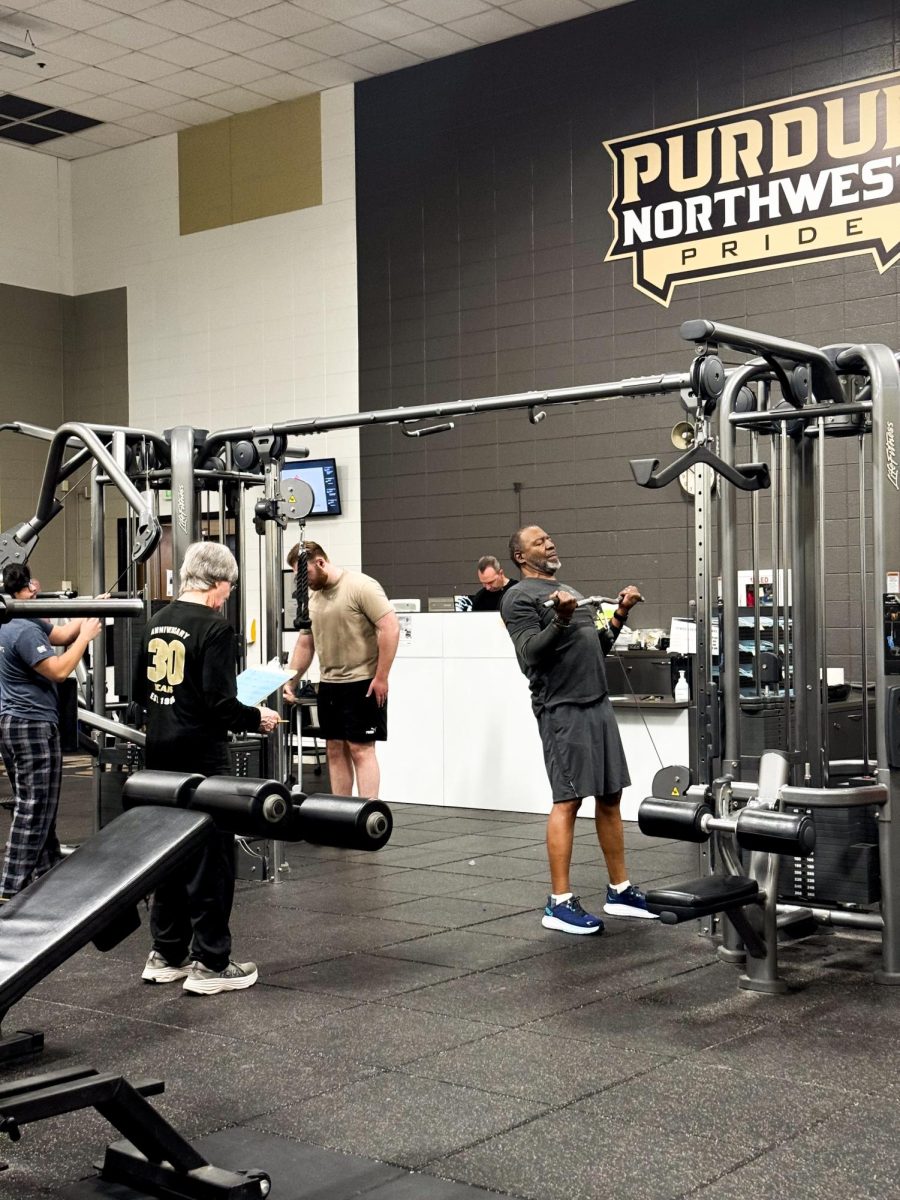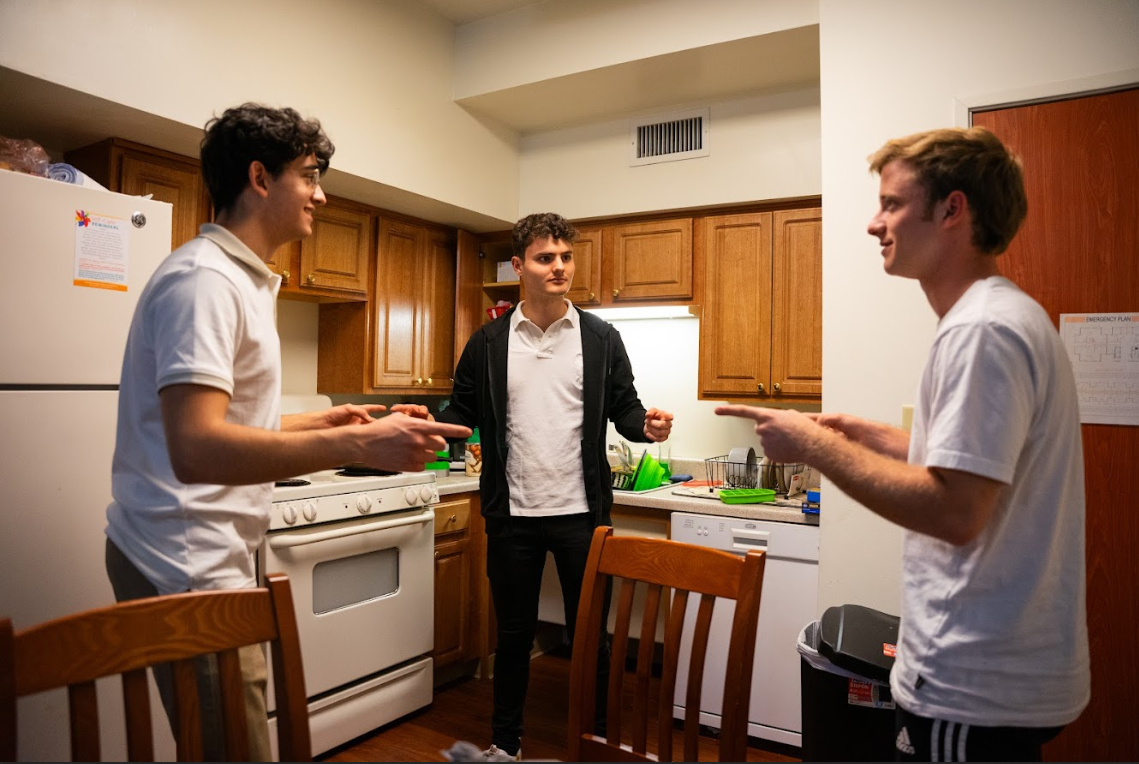Chemistry professor Liberty Pelter envisions a world that depends on hydrogen for its energy.
“Hydrogen can be used to power a house and be recycled back into the home through renewable waste produced in the home,” said Pelter. “We need to look at the idea of generating energy in a broader perspective.”
Pelter and her colleague Robert Kramer, a professor of physics, working with John Patterson, a professor of animal sciences at Purdue West Lafayette, have developed a process that transforms food waste into hydrogen and will soon announce plans to commercialize their work.
“In the United States, roughly 30% to 40% of the food that we produce is wasted every year, which amounts to something like $400 billion of wasted resources,” said Kramer. “There’s a lot of potential value in this area that has created so much wasted energy.”
The issue of excessive food waste in the country has been a quiet economic and health crisis for some time. FeedingAmerica.org estimates that 80 million tons of food are wasted a year, the equivalent of 149 billion meals. Indiana alone produces over a million tons of food waste a year.
The key for the researchers is finding a way to convert waste food into hydrogen cost-effectively.
“We are currently in the process of making our process of converting food waste into hydrogen the most efficient it can be,” said Pelter.
The three professors have been working on the problem for a decade.
Kramer said they have converted tons of food waste into hydrogen. They are currently working on a new reactor, which he estimates will hold thousands of gallons of material. At his PNW laboratory, he and his team work on a smaller scale that focuses on clean hydrogen production.
Over $800,000 in research grants, two licensed patents and three more processed patents later, their work is ready to take the next step forward.
“All the possibilities of cost and value are [being] considered,” said Kramer. “Currently we have three teams of students doing economic analysis on our process and other groups working together to figure out how to make this work. … The question for us moving forward is: can this be made into a viable resource?”
Economics aside, the researchers know their process has environmental value.
“There’s a lot of different types of hydrogen that can be produced from natural gas or a refinery, most commonly blue hydrogen. What we’re producing is known as green hydrogen,” said Kramer. “Basically, we decrease the net carbon content because of the operation of this system as opposed to increasing it. Our process is very unique, and we think it is a discovery that allows us to reclaim value from this food waste stream.”









